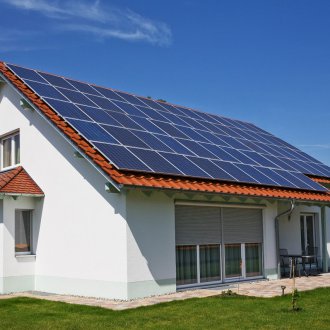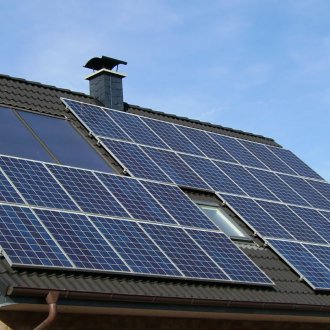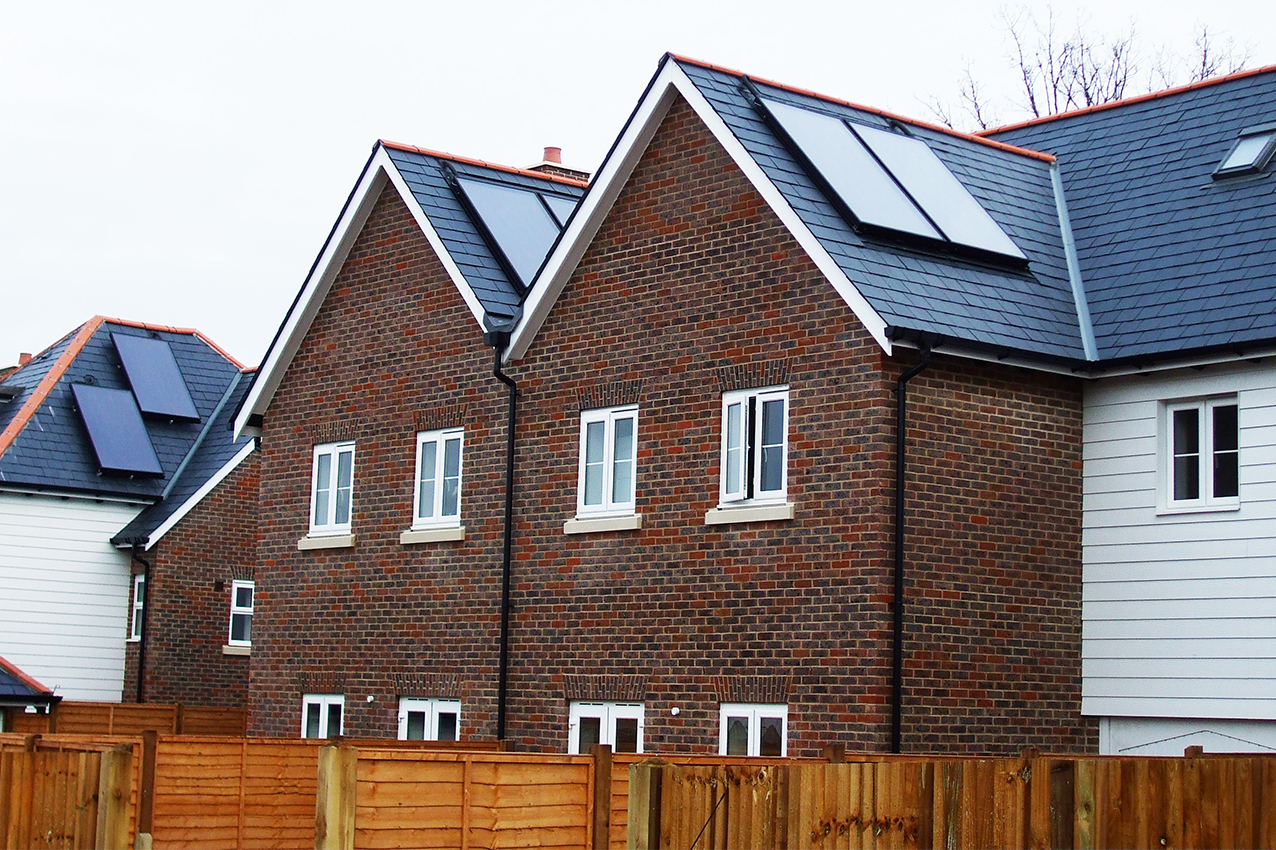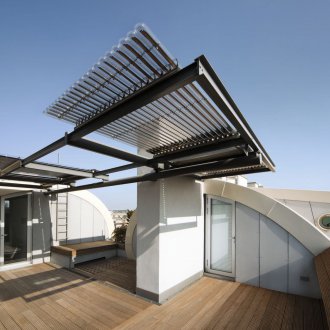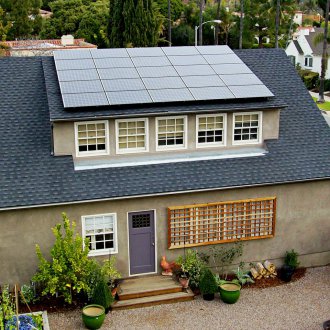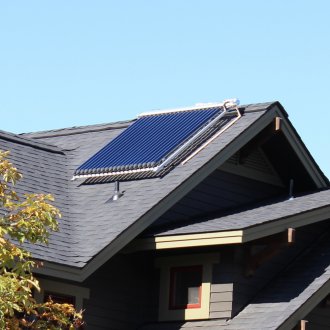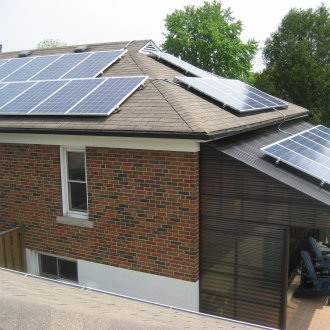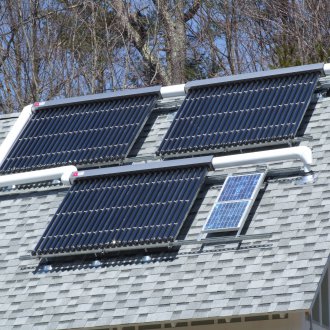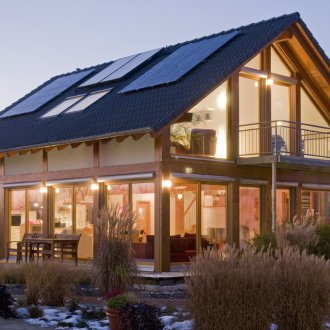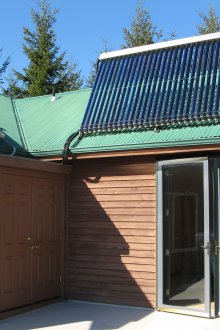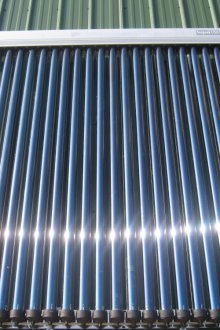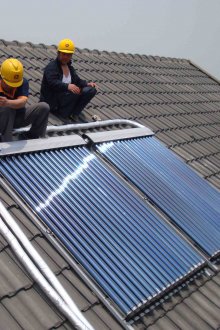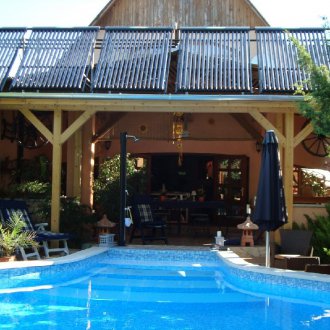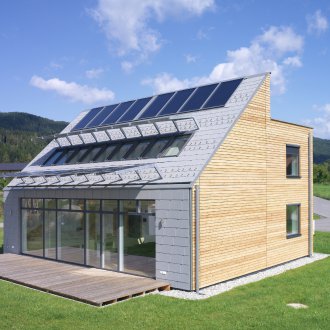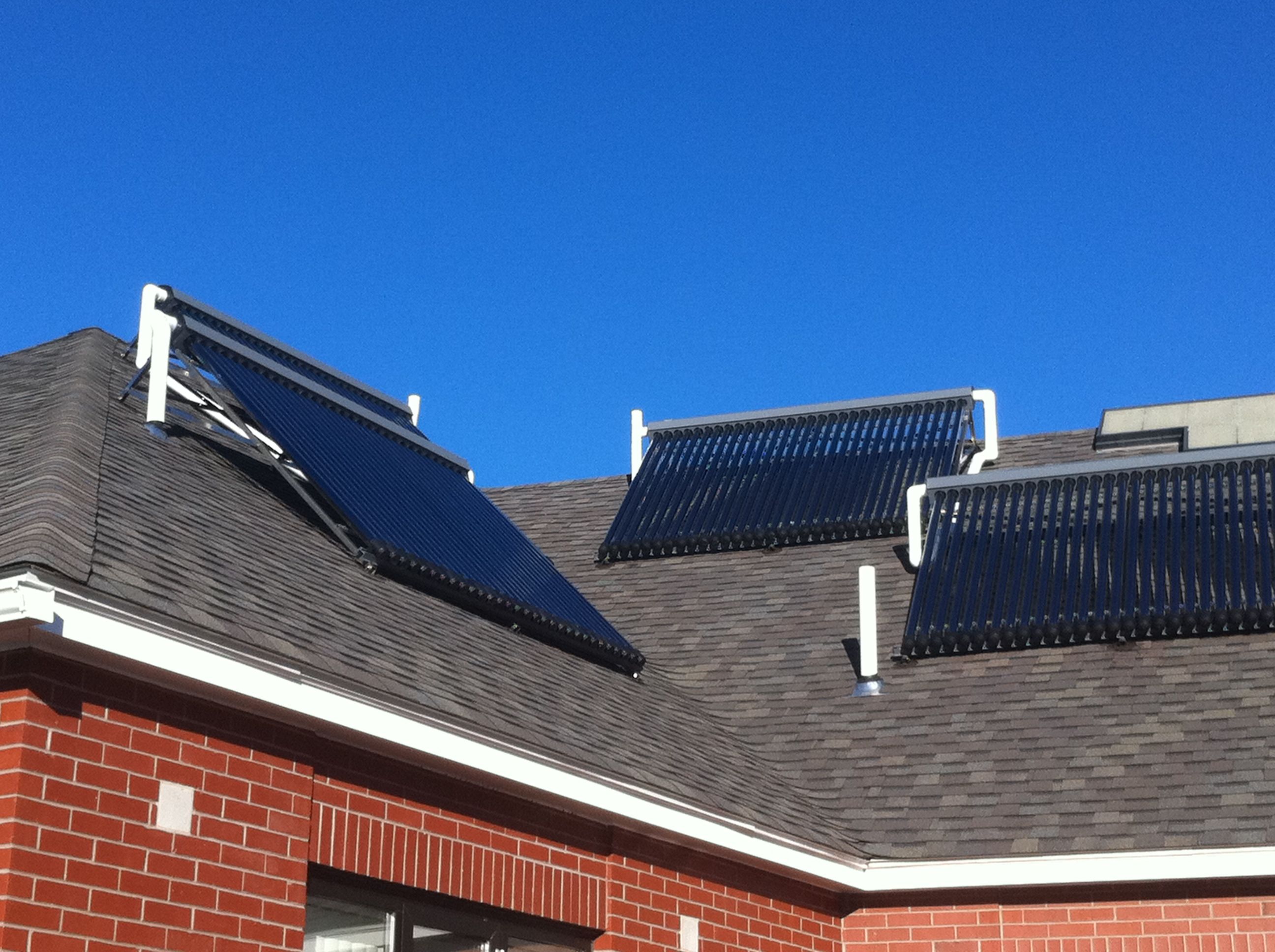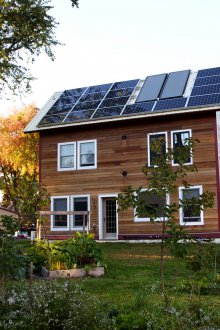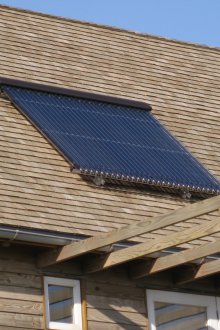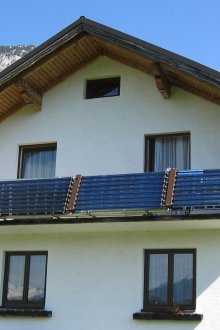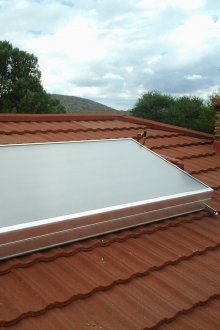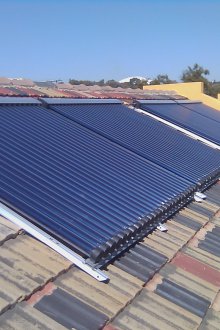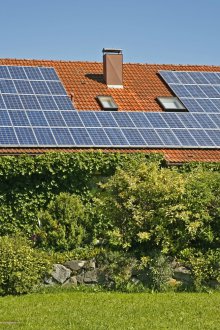We build a solar collector with our own hands (23 photos)
Content
The sun is the most powerful source of energy on Earth. Every second it sends us more than 80 thousand billion kilowatts. This is several thousand times more than all the world's power plants produce. People have always tried to find a way to apply solar energy to their needs. Already in the early Middle Ages, they knew how to make fire with the help of lenses, and nowadays, a roof-mounted container painted black heats water and serves as a summer shower in villages and summer cottages. By the way, it is the simplest solar collector - a simple and original device that allows the use of solar energy for heating water or heating. If the design is slightly improved, there will be enough hot water for all household needs and for heating the house. To do this, you need to understand the principle of the solar collector.
How does the solar collector work?
The principle of operation of these devices is based on the transformation of radiant solar energy into heat:
- the sun's rays heat the coolant circulating in the collector through thin tubes;
- heated coolant (water or antifreeze) enters the storage tank;
- in the tank he heats the water intended for household needs;
- the cooled coolant returns to the collector.
The principle of operation of the solar collector can be compared with an automobile cooling system - excess heat is removed through a radiator from a running engine and spent on heating the passenger compartment. But, if it is important for a car, first of all, to remove heat from the engine, then when installing a solar collector, it is necessary to effectively save it.
Advantages and disadvantages of using solar collectors
World scientists agree that the proportion of energy received from the sun will only increase and the following facts are cited:
- the sun is an inexhaustible and free source of energy;
- the use of solar energy does not lead to environmental pollution and does not contribute to an increase in the greenhouse effect;
- solar energy can be used everywhere, it does not need transportation;
- modern scientific developments allow to efficiently accumulate the received energy;
- solar collectors need minimal maintenance;
- the collector device is relatively simple and inexpensive.
At the same time, scientists note the difficulties in using solar energy:
- collector efficiency directly depends on the level of insolation;
- installation of equipment will require certain initial costs;
- in winter, heat loss significantly increases.
Another significant drawback is the ability to receive energy only during daylight hours.
Types of Solar Collectors
Above, we briefly described the principle of operation of the dual-circuit collector: the coolant flows along one circuit, and water flows along the second. This device can be single-circuit. In it, only water, which subsequently is consumed, serves as a heat carrier. The single-circuit collector is unsuitable for use in winter, as water will freeze and rupture the tubes.
In addition to dividing the collectors into single and dual circuits, there are other generally accepted classifications. So, solar collectors are divided according to the principle of work on:
- flat;
- vacuum;
- air;
- hubs.
Consider their structure and principle of action in more detail.
Flat solar collector
This simple device resembles a sandwich with the following layers:
- aluminum frame with fasteners;
- thermal insulation;
- absorbent surface-absorbent;
- copper tubes;
- protective glass.
The absorber plate is painted black and provides maximum absorption of solar radiation, and a special tempered glass covering the entire structure minimizes energy loss, creating a greenhouse effect and heating the absorbent layer.
Flat solar collectors are simple in design, reliable, but have a low efficiency.
Vacuum solar collector
Vacuum tube-based solar collectors have a different operating principle.
Unlike flat-type collectors, heat in vacuum collectors is accumulated by hermetically sealed tubes and heat collector. The glass surface of the tubes with a special coating effectively absorbs solar energy, which heats the coolant inside the tubes. Vacuum prevents heat loss by working as an insulator. Through the heat collector, the circulating liquid enters the storage tank to heat the water and then returns back to the vacuum tube system.
Vacuum elements make it possible to provide higher efficiency in collectors of this type compared to flat counterparts.
Air solar collector
Collectors of this type do not have high efficiency, since air has a lower heat capacity. But they can be used all year round, as the air is not able to freeze in winter.
The design of the air manifold is simpler and highly reliable. Air-type collectors can be used to heat residential buildings as well as industrial premises, vegetable stores, warehouses, garages, and cellars.
The device and the principle of operation of the air collector differ little from flat analogues: a system of copper tubes with a coolant circulating through them replaces the heat-receiving panel with fins.
The panel device is similar to cellular polycarbonate. Between the edges of the panel air passes and in the process heats up. Heated air is supplied to the room, gives off its heat and returns to the collector. The panels are made of materials with high thermal conductivity - copper, aluminum, steel.
In the conditions of the Russian climate zone with frosty winters, the air collector will not completely heat the house, but as an additional source of free heat, it can significantly save heating costs.
How to make a solar collector with your own hands?
The capacity of the solar collector directly depends on its area, but with an increase in area, the acquisition costs will also increase. In some cases, it is much more profitable to make a solar collector from improvised materials ourselves. Its effectiveness will be relatively small, but spending on materials will not affect the family budget. Any home-made construction will pay off very quickly if it is possible to prevent heat loss. The easiest way to make an air or flat solar collector at home.
First of all, you need to determine the location for its installation:
- Panels need to be oriented strictly south at a certain angle, providing maximum insolation. The efficiency of the device will be higher if the angle of inclination of the panel can be changed, focusing on the height of the position of the sun in a given period. So, in winter, the angle of inclination should be maximum, and in summer, panels should be at a lower angle.
- Collector panels should be installed as close as possible to the room that will be heated to reduce heat loss. Effective installation of the collector on the southern slope of the roof of the house or on the pediment.This minimizes heat loss, but additional holes must be made in the roof.
- The shadow from fences, trees or other buildings should not fall on the place chosen for the installation of the collector.
Keep in mind that in winter the shadows are much longer due to the low position of the sun above the horizon.
After choosing the optimal place, you need to decide on the materials that will serve as heat sinks. For a homemade air collector, aluminum cans for drinks are suitable. Convenience is obvious - aluminum has a high thermal conductivity and is easy to cut, cans have standard sizes and are joined together.
After the required number of cans is collected, they must be thoroughly washed, dried, cut holes in the neck and bottom, glued with glue-sealant and painted in black.
The number of cans in length and width should match the size of the panel. After laying the battery of cans in the panel, it is necessary to organize the channels for supplying and discharging air. To do this, you can use the ready-made pipes that are sold for installation of ventilation. During the assembly of the system, it is necessary to provide for the insulation of the rear side of the panel and the upper glass. It can be replaced with a piece of polycarbonate.
The finished collector can be connected to the room ventilation system or left autonomous. For greater efficiency, a fan is connected to it. The temperature difference at the inlet and outlet in such a collector can reach 35 degrees.
In addition to air, water heating can also be arranged. Cast iron or aluminum batteries, a PND pipe or hose can serve as heat sinks. If the collector is planning
use year-round, the system should be double-circuit and pour antifreeze or any other coolant as a coolant.
The device in your home or at the cottage of the solar collector can significantly reduce heating costs and fully meet the needs for hot water.
